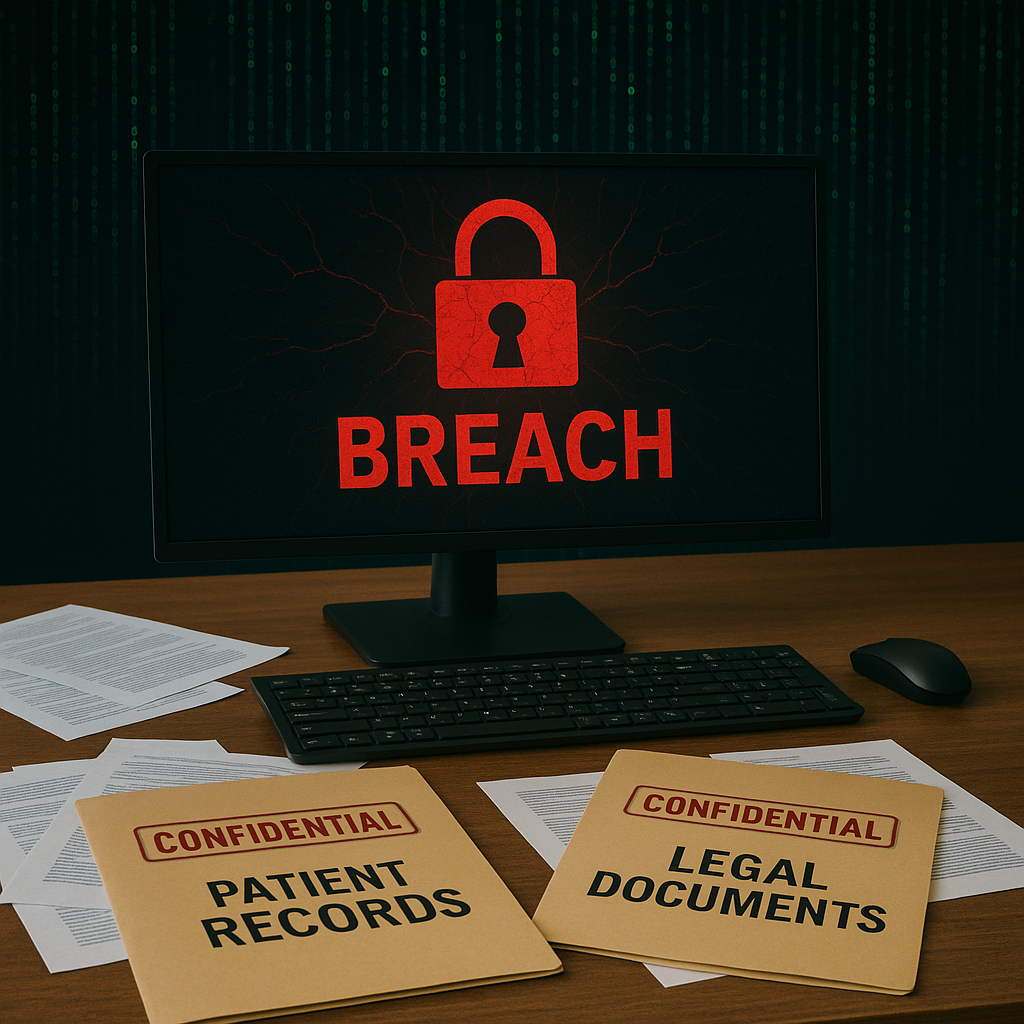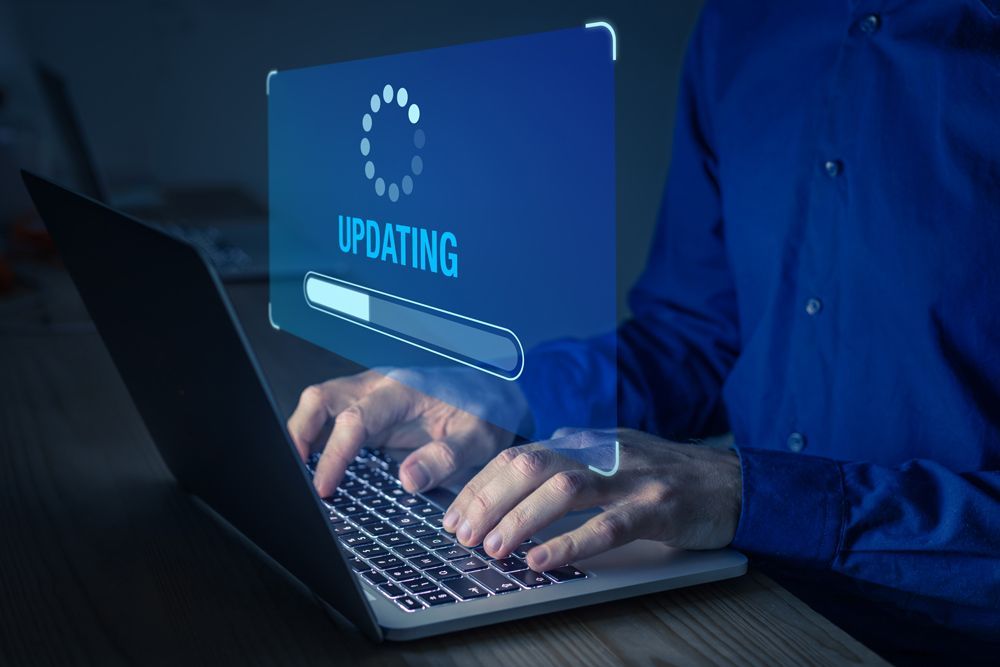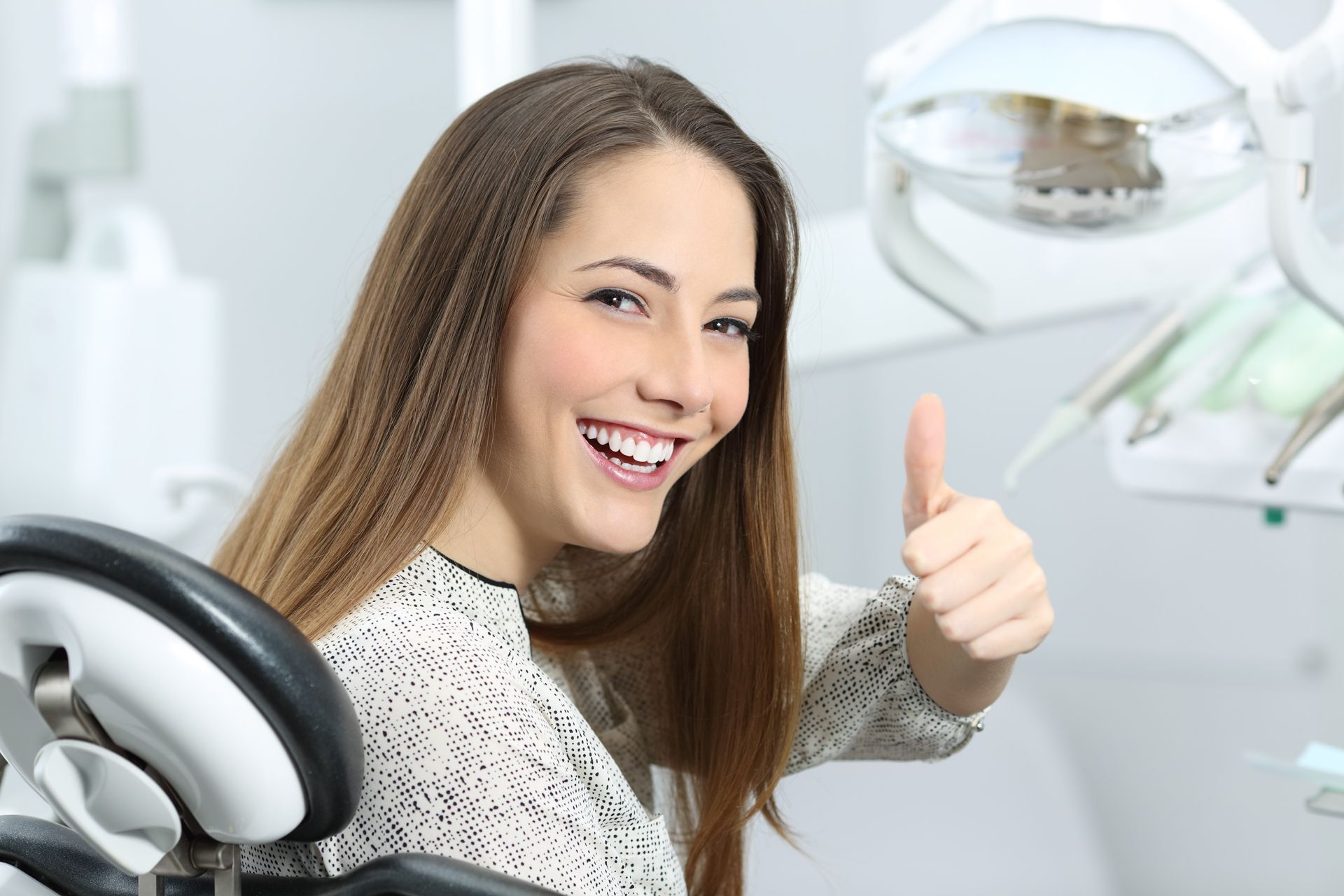What Qualifies for Section 179 in 2025 A Comprehensive Guide for Dental Practices, Medical Offices, and Small Businesses

Section 179 of the IRS tax code is one of the most powerful, business-friendly provisions available to small and mid-sized companies. In 2025, this deduction remains a key financial tool that allows businesses to invest in growth-driving assets while reducing their tax burden. Whether you're a dental practice owner, medical provider, or small business operator, Section 179 can make critical equipment upgrades far more affordable.
🚨 2025 Section 179 Deduction Limits
As of 2025, businesses can take advantage of the following thresholds:
- Maximum Deduction: $1,250,000
- Phase-Out Threshold: $3,130,000 (the deduction begins to reduce dollar-for-dollar once total equipment purchases exceed this cap)
- Bonus Depreciation: 40% (available after reaching the Section 179 limit)
📌 These amounts are confirmed by Section179.org. They may be adjusted for inflation in future tax years.
✅ What Qualifies for Section 179?
The IRS defines qualifying property as tangible personal property used more than 50% for business purposes, purchased or financed, and placed in service during the same tax year.
Let’s break this down by category and industry:
🦷 For Dental and Medical Offices
1. Clinical Equipment
- Dental chairs and operatory lights
- X-ray units, CBCT, and panoramic imaging systems
- Autoclaves, sterilization centers
- Intraoral cameras, CAD/CAM units
- Vital sign monitors, ultrasound machines
- Exam tables and lighting
2. Administrative Tools
- Front-desk computers, printers, phones
- Appointment scheduling systems
- EHR/EMR software (if off-the-shelf and not custom-coded)
- Payment processing equipment
- Workstations and wall-mounted displays
3. Facility Enhancements
- HVAC systems (if directly associated with production/clinical space)
- Backup generators
- Network servers and routers
- ADA-compliant patient mobility equipment
🛑 Remember, to qualify, the property must be used over 50% for business AND placed into service by December 31, 2025.
For Small Businesses in Any Industry
1. General Office Equipment
- Computers, monitors, laptops
- Office furniture (desks, chairs, conference tables)
- Network infrastructure (servers, switches, routers)
- Multifunction printers and copiers
- Telephone and VoIP systems
2. Machinery & Tools
- Manufacturing and fabrication equipment
- Packaging and labeling machines
- Construction tools and industrial machinery
- Commercial refrigeration or kitchen equipment
3. Software
- Off-the-shelf software used for operations (POS systems, CRMs, accounting tools)
- Must be commercially available (not custom developed)
- Must have a defined useful life of over one year
4. Vehicles (Special Rules Apply)
- Vehicles used >50% for business may qualify
- SUVs and trucks over 6,000 pounds gross vehicle weight (GVWR) may qualify for a partial or full deduction
- Passenger vehicles have stricter caps (e.g., ~$11,000 limit)
🛑 What Does NOT Qualify?
Section 179 does not apply to:
- Real estate (land, buildings, or permanent structures)
- Inventory purchased for resale
- Property used less than 50% for business
- Custom software with unique design
- Property outside the U.S. or not owned by the business
🧾 Documentation You Need to Keep
In case of an audit, you'll need to prove:
- The item was purchased and placed into service in 2025
- Business usage exceeds 50%
- You own (or finance) the equipment outright
- Invoices, receipts, financing agreements, and usage logs should be retained
💡 Strategy Tips for Practice Owners and Business Managers
1. Time Purchases Strategically
Start planning equipment acquisitions early in the year. Demand and delivery timelines often delay installation — a common issue that disqualifies deductions if assets aren't “in service” by year-end.
2. Use Financing to Boost Cash Flow
You can finance or lease equipment and still claim the full deduction in 2025. This means you may write off $100K of equipment even if you’ve only paid a portion of it upfront.
3. Think Beyond Clinical Tools
Modernize your business operations too — servers, software, and workstations qualify. A full tech upgrade might be tax-deductible.
4. Consult Before You Commit
Some assets may seem eligible but have restrictions (like vehicles or HVAC upgrades). Confirm with your CPA before purchase to ensure qualification and alignment with your business’s broader tax strategy.
🔁 Bonus Depreciation: When Section 179 Isn’t Enough
If your total capital expenditures exceed the $1.25M deduction limit, bonus depreciation allows you to deduct 40% of the remaining cost. For example:
- You spend $1.5 million on equipment
- $1.25M is deducted under Section 179
- 40% of the remaining $250,000 ($100,000) can be taken as bonus depreciation
This is especially useful for larger practices, multi-location operators, and businesses undergoing major expansions.
📣 Final Thoughts
Section 179 can be one of the most powerful tax tools available to your dental, medical, or general business operation. Whether you’re upgrading treatment equipment, revamping your IT infrastructure, or expanding into a second location, the ability to deduct those costs upfront is a major win for your bottom line.
🔒 Final Reminder:
This article is for informational purposes only and should not be considered tax or legal advice. Section 179 eligibility varies by industry, asset type, and usage. Always consult with a qualified tax professional or accountant before making major equipment or software purchases.












